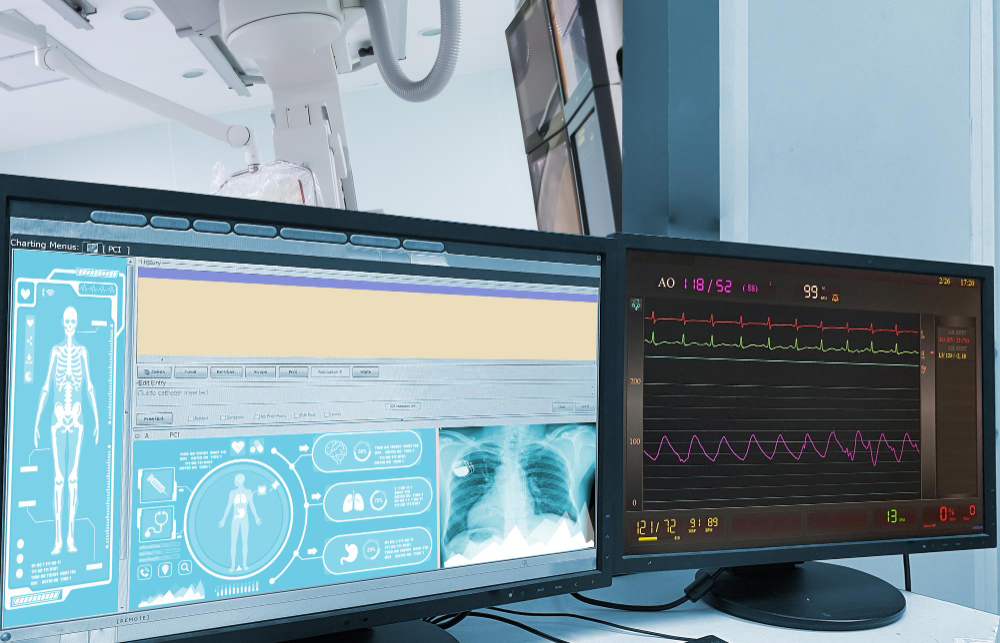Percutaneous Coronary Intervention

Introduction to Percutaneous Coronary Intervention (PCI)
Percutaneous Coronary Intervention (PCI), commonly known as coronary angioplasty, is a non-surgical procedure used to treat narrowed or blocked coronary arteries. PCI helps restore blood flow to the heart muscle, relieving symptoms of coronary artery disease (CAD) such as chest pain (angina) and preventing heart attacks. This minimally invasive technique has become a cornerstone in the management of heart disease.
Understanding Coronary Artery Disease (CAD)
Causes of CAD
Coronary Artery Disease is caused by the buildup of atherosclerotic plaque in the coronary arteries. This buildup, composed of fat, cholesterol, and other substances, narrows the arteries and restricts blood flow to the heart muscle. Risk factors include high cholesterol, high blood pressure, smoking, diabetes, obesity, and a sedentary lifestyle.
Symptoms of CAD
The primary symptoms of CAD include chest pain or discomfort, shortness of breath, fatigue, and, in severe cases, heart attacks. These symptoms arise due to reduced oxygen supply to the heart muscle.
The PCI Procedure
Preparation
Before undergoing PCI, patients typically have diagnostic tests such as an electrocardiogram (ECG), stress test, or coronary angiography to assess the severity and location of arterial blockages. Patients are usually advised to fast for several hours before the procedure and may need to adjust their medications under their doctor’s guidance.
Performing PCI
PCI involves threading a thin catheter through a blood vessel in the groin, arm, or wrist to the site of the arterial blockage. The procedure includes several key steps:
- Balloon Angioplasty: A small balloon attached to the catheter is inflated at the site of the blockage. The inflation compresses the plaque against the artery walls, widening the artery and restoring blood flow.
- Stent Placement: Often, a stent (a small, wire mesh tube) is placed at the site of the blockage. The stent is expanded by the balloon and left in place to keep the artery open after the balloon is deflated and removed. Stents can be either bare-metal or drug-eluting, which slowly release medication to help prevent restenosis (re-narrowing of the artery).
Types of Stents
Bare-Metal Stents (BMS)
Bare-metal stents provide structural support to the artery but carry a higher risk of restenosis compared to drug-eluting stents.
Drug-Eluting Stents (DES)
Drug-eluting stents are coated with medication that is gradually released to reduce the risk of restenosis by inhibiting the growth of scar tissue within the artery.
Benefits of PCI
Symptom Relief
PCI provides rapid relief from angina and other symptoms associated with reduced blood flow to the heart. This immediate improvement in symptoms enhances the quality of life for many patients.
Minimally Invasive
Compared to open-heart surgery, PCI is a minimally invasive procedure with fewer complications, less pain, and quicker recovery times. Most patients can return to their normal activities within a few days.
Reduced Risk of Heart Attack
By restoring blood flow to the heart, PCI reduces the risk of heart attacks and improves long-term cardiovascular outcomes.
Risks and Complications
Common Risks
- Bleeding and Bruising: At the catheter insertion site.
- Infection: Rare, but possible at the incision site.
- Allergic Reactions: To the contrast dye used during the procedure.
Serious Complications
- Restenosis: Re-narrowing of the treated artery, more common with bare-metal stents.
- Blood Clots: Stents can increase the risk of blood clots, which may lead to heart attacks or strokes.
- Artery Damage: The procedure can occasionally cause damage to the coronary artery, necessitating additional treatment.
Post-Procedure Care
Medications
After PCI, patients are typically prescribed antiplatelet medications, such as aspirin and clopidogrel, to prevent blood clots and ensure the stent remains open. These medications are crucial for reducing the risk of complications.
Lifestyle Changes
Patients are encouraged to adopt heart-healthy lifestyle changes to support their recovery and prevent future cardiovascular events. These changes include:
- Healthy Diet: Emphasizing fruits, vegetables, whole grains, and lean proteins.
- Regular Exercise: Engaging in physical activity as recommended by a healthcare provider.
- Smoking Cessation: Quitting smoking to improve overall cardiovascular health.
- Stress Management: Incorporating techniques such as meditation or yoga to reduce stress.
Follow-Up Care
Regular follow-up appointments with a cardiologist are essential to monitor heart health and the success of the PCI. These visits may include physical exams, blood tests, and imaging studies to assess the condition of the coronary arteries and the stent.
